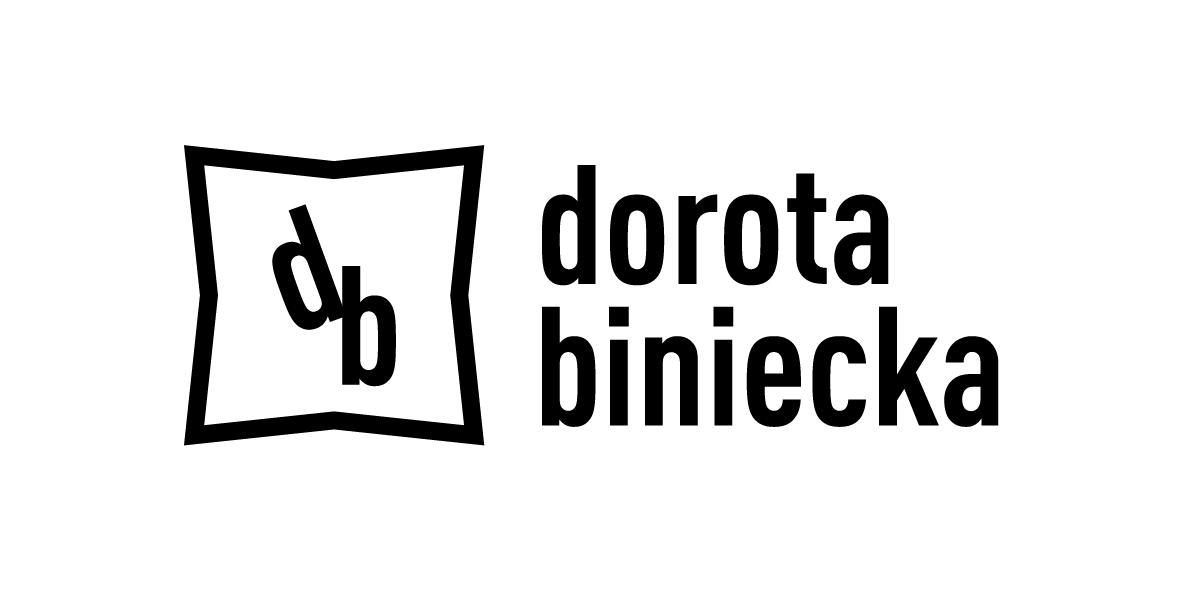Quantifying the impact of communications
Finalist – MRS Sustainability Research Award: Rapidly testing a wide range of behavioural messaging with 2000 customers to understand what really works to encourage behaviour change around water usage.
Project Overview
Objectives
Understand the impact of different messages on outcome (propensity to change behaviour). Define an approach to effectively screen ideas in the absence of disaggregated meter data.
Constraints
Proof of concept: new-to-industry approach to evidence-based marketing strategy.
Success Metrics
Quantified impact to inform A/B trials. Increased reliability over qualitative approaches. A model for scaling the approach to idea screening.
Process
Ideas workshop
Workshop 1: Brainstorming ideas. Workshop 2: collate, refine and filter ideas.
Comms experiment
Online quantitative survey with ~2,000 participants with an embedded comms survey. Tested 26 message attributes and 7 purchasing choices in multiple combinations.
Implementation workshop
Next steps and opportunities for application of findings.
Key insight
Asking customers what they think of a campaign doesn’t always tell you if they would change their behaviour.
Often customers have the best intentions to change their behaviour but there is an intention-action gap to making it happen.
You can be successful in delivering the message but fail to deliver results.
That’s why qualitative approaches, like focus groups, can be less reliable, and also slow when you want to test multiple variants of messages

Message construction variables
The Messenger: the industry company, government, eco authority, celebrity.
Main message: Basic, timeline range, guilt evoking, optimistic, beliefs framing.
Call to action: None, product uptake, specific behaviour change.
Motivation: no motivation, financial, image, local environment, comparisons,

Impact to date
9 initial recommendations: Most trusted messenger, what to communicate to increase impact vs what to avoid, optimising CTA, understanding of the impact of financial vs non-financial incentives.
4 follow-up insight recommendations: Segment differences in influence, Influence of household size and water shortages awareness on usage.
Predicted water saving: Number of litres per person per day, with 48% difference between the best and worst performing message.
Comms trial: Water saving visit campaign comparing the effectiveness of financial, virtue and comparison incentives.
Example assumption: Customers are only motivated by money savings.


Example assumption: The industry is a trusted water-saving messenger.
